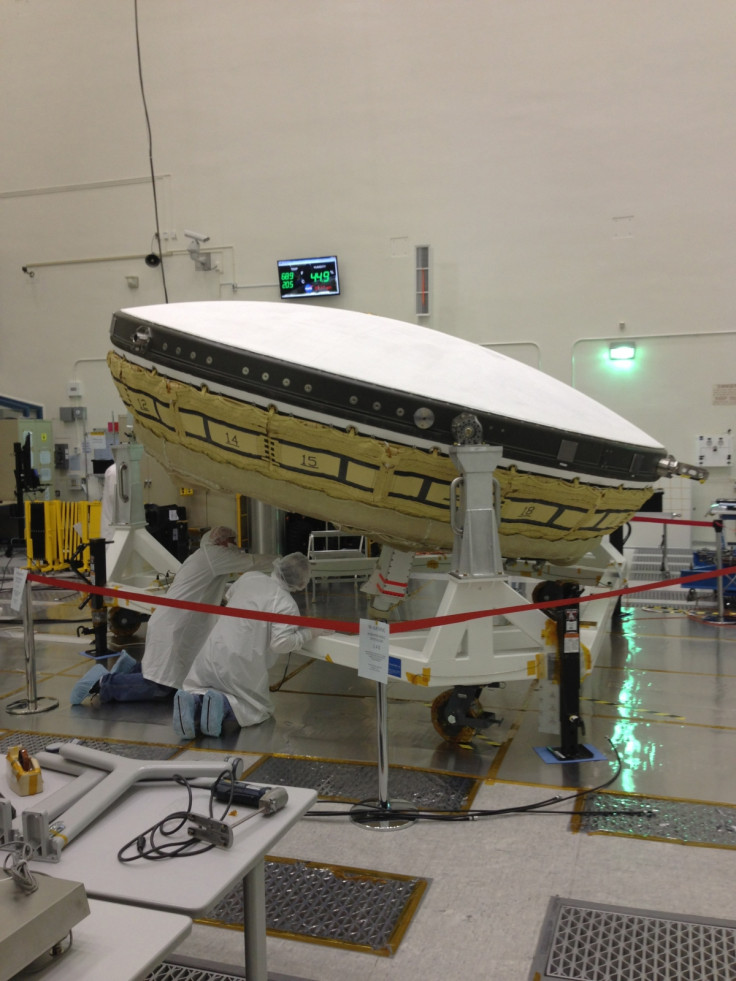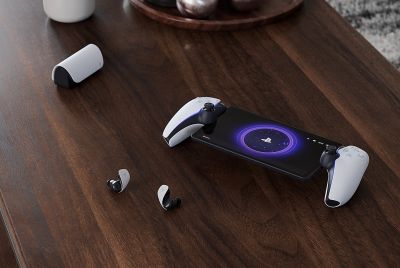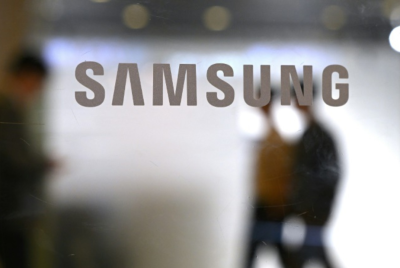Nasa Launches 'Flying Saucer' to Help Mars Landings

Nasa is to carry out a test flight of a "flying saucer" designed to help the landing of heavy loads on Mars, New Scientist has reported.
The disk-shaped spacecraft, named Low-Density Supersonic Decelerator (LDSD), will be launched into the stratosphere from the Navy's Pacific Missile Range Facility on Hawaiian island Kauai in June.
The spacecraft is intended to help slow down vehicles after they enter the thin Martian atmosphere.
Until recently, Nasa had used parachutes and air bags for most robotic landings on Mars, starting with the Viking mission in 1976. But heavier loads cannot be slowed by parachutes in the Martian air, which is just 1% as dense as Earth's.
"It may seem obvious, but the difference between landing and crashing is stopping," says Allen Chen at Nasa's Jet Propulsion Laboratory in Pasadena, California.
"We really only have two options for stopping at Mars: rockets and aerodynamic drag."
To simulate Mars's thin atmosphere on Earth, the team in Hawaii will first lift a test vehicle fitted with the LDSD system to about 23 miles (37km) above the Pacific Ocean using a high-altitude balloon.
The craft will detach and fire a small rocket to reach a height of 34 miles (54km). As the vehicle falls back on Earth, the system will inflate and a parachute will fire.
The June experiment will be followed by three more tests in Hawaii.
The American space agency wrote on its website: "The first supersonic flight tests are set for 2014 and 2015. Once tested, the devices will enable missions that maximise the capability of current launch vehicles, and could be used in Mars missions launching as early as 2018."
The new system, which could facilitate the landing of humans on the red planet, could also help robotic craft land on Mars's highlands, which have even less air available for slowing down a spacecraft.
"Personally, I think it's a game-changer. You could take a mass to the surface equal to something like one to 10 Curiosities," said Robert Braun at the Georgia Institute of Technology. "Think about it like a bridge for humans to Mars. This is the next step in a sequence of technologies that would need to be developed."
© Copyright IBTimes 2025. All rights reserved.





















